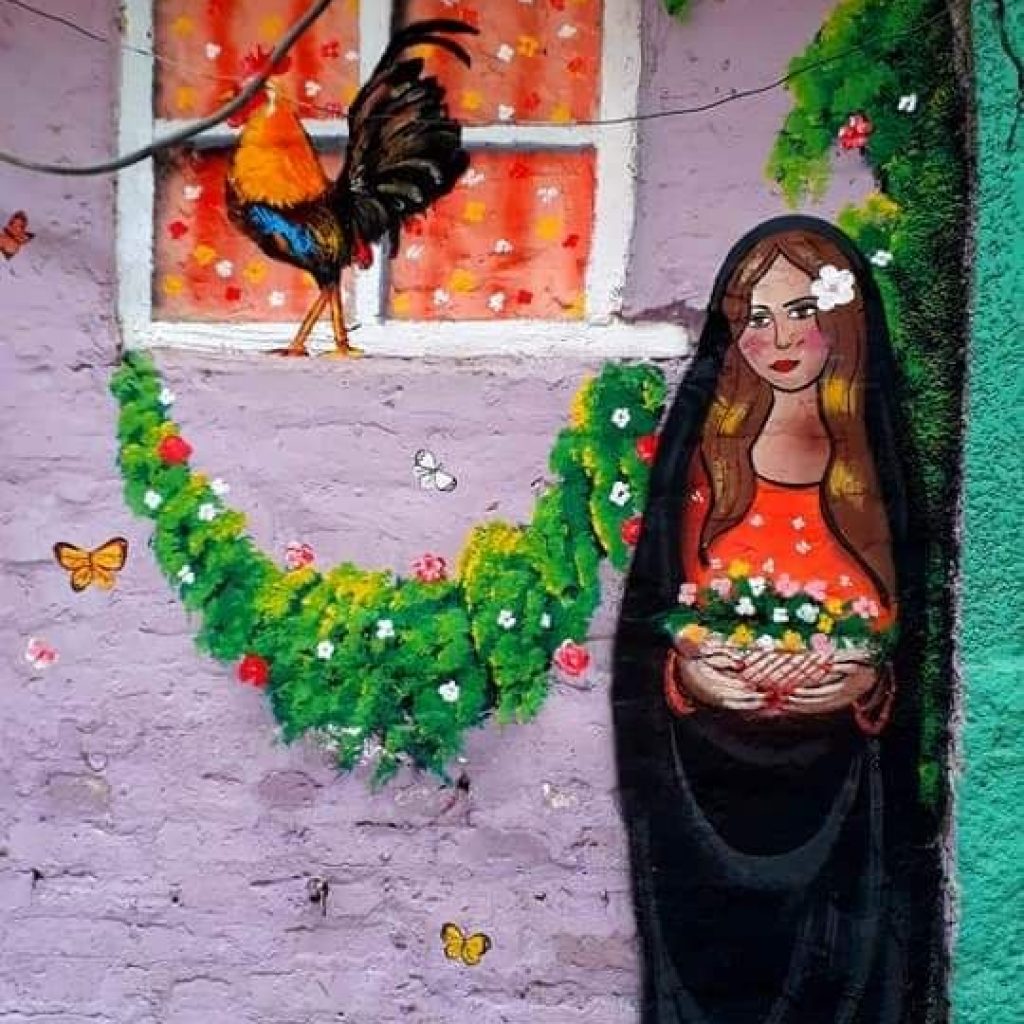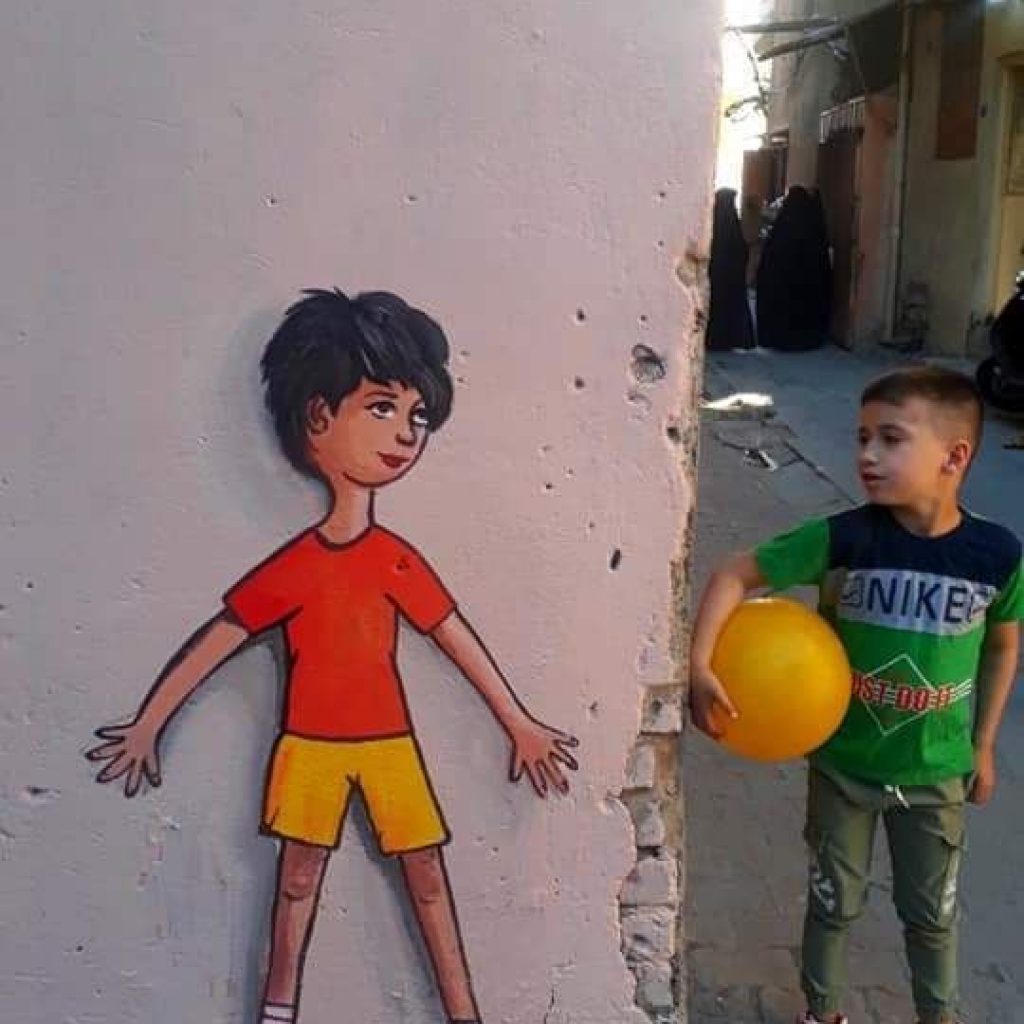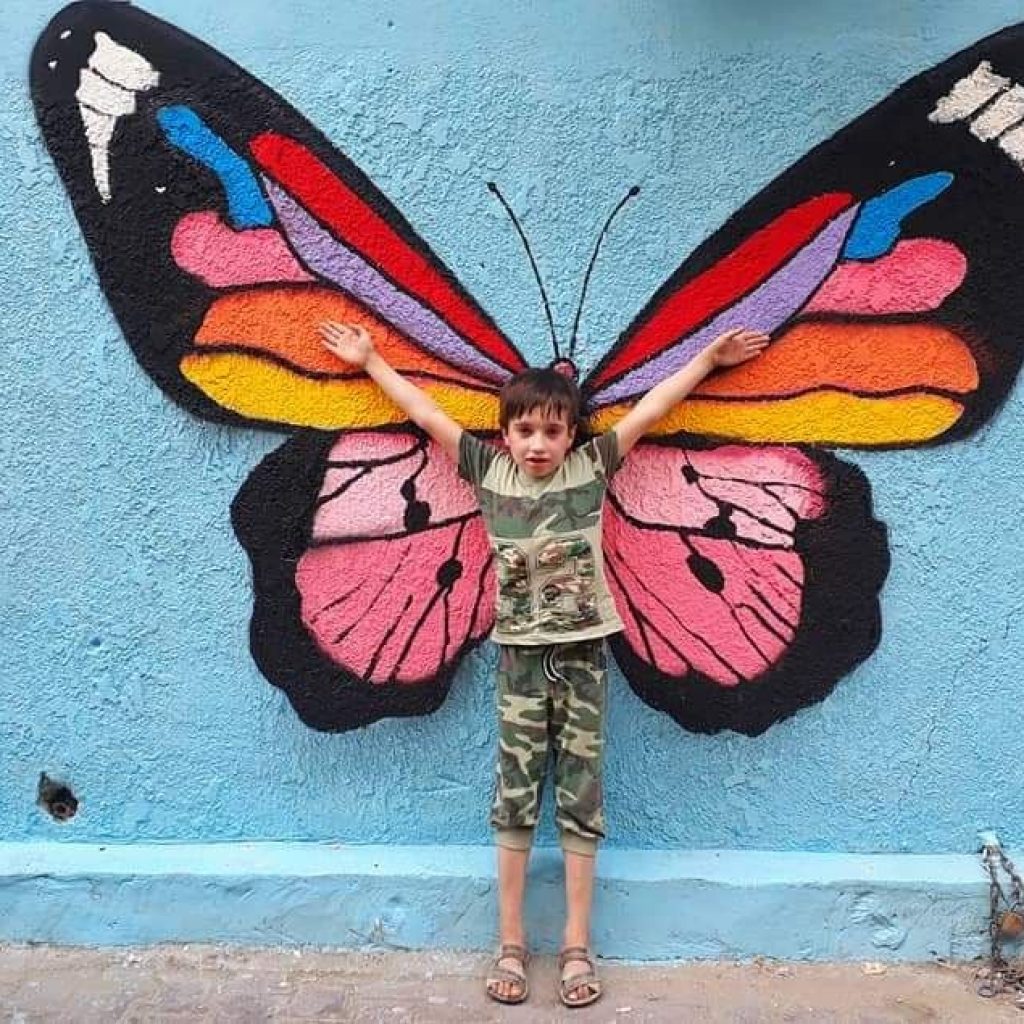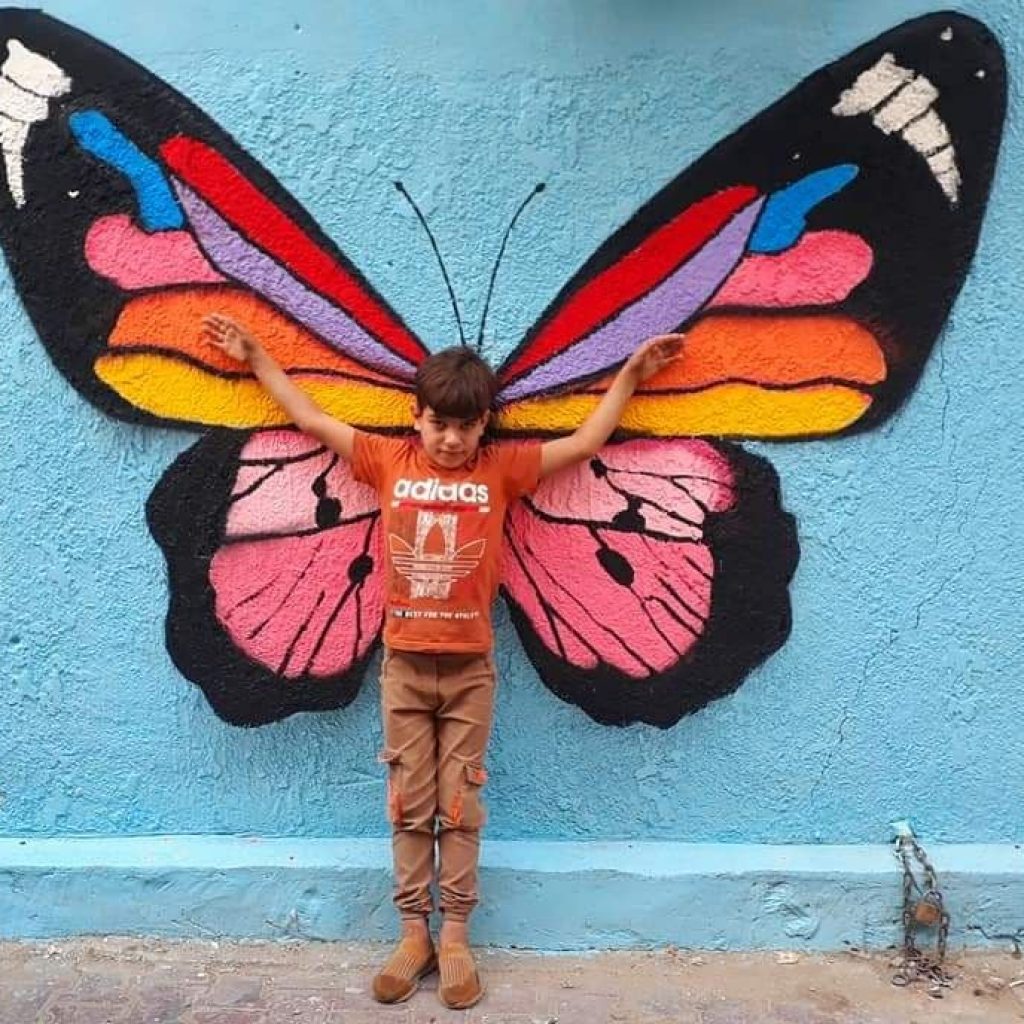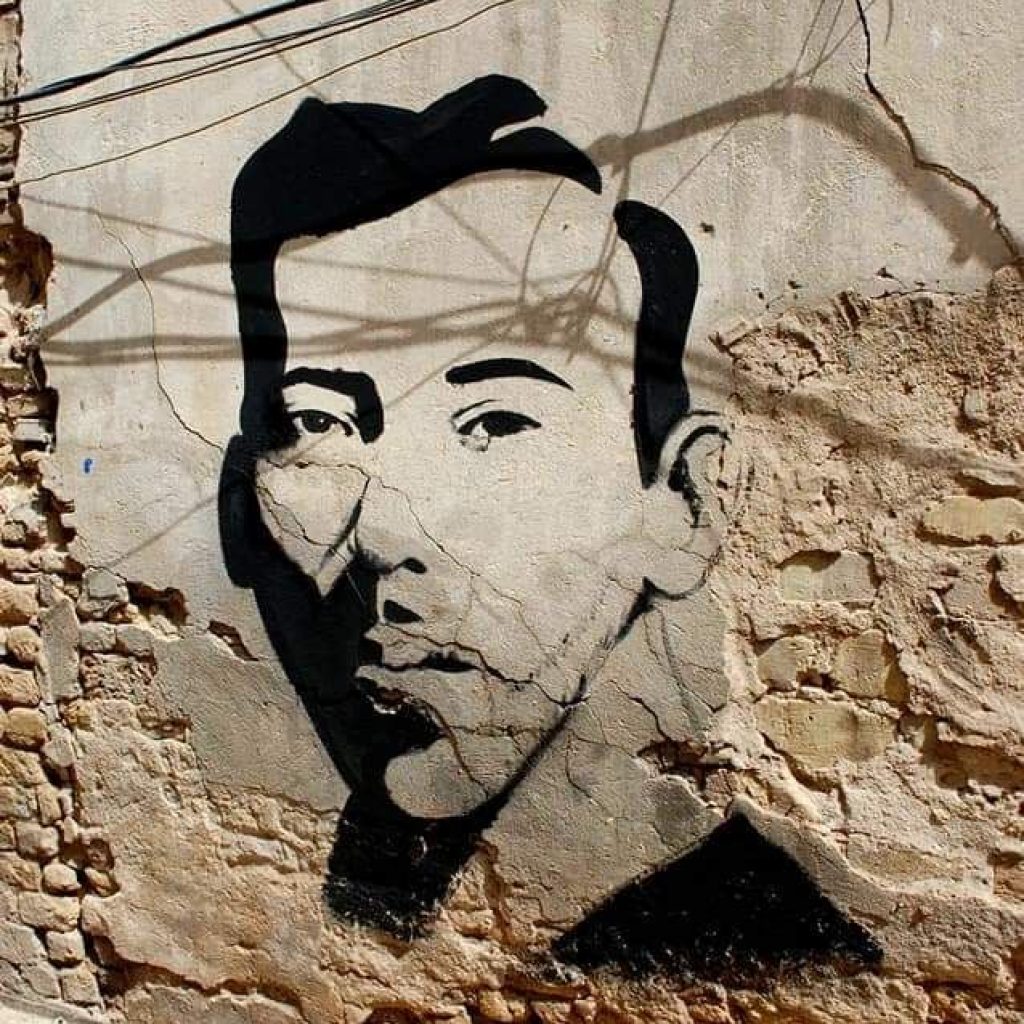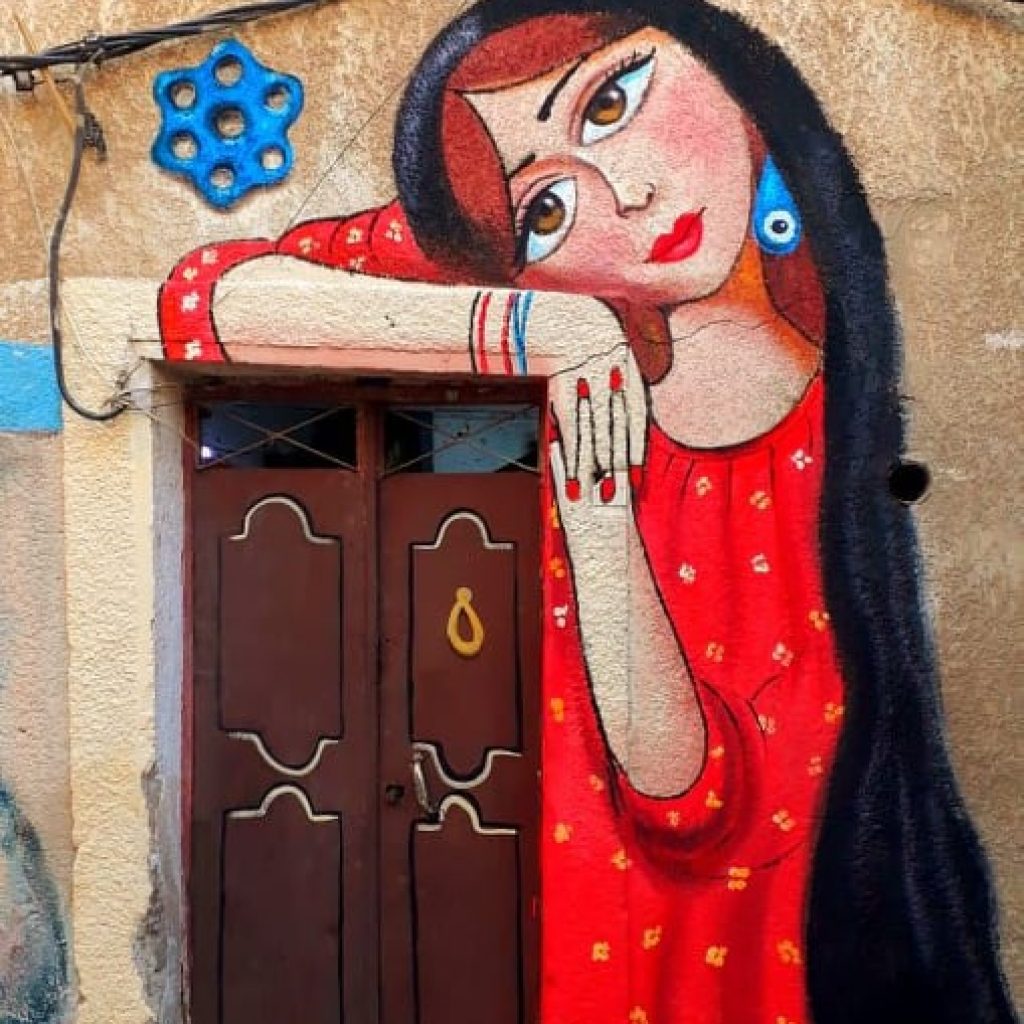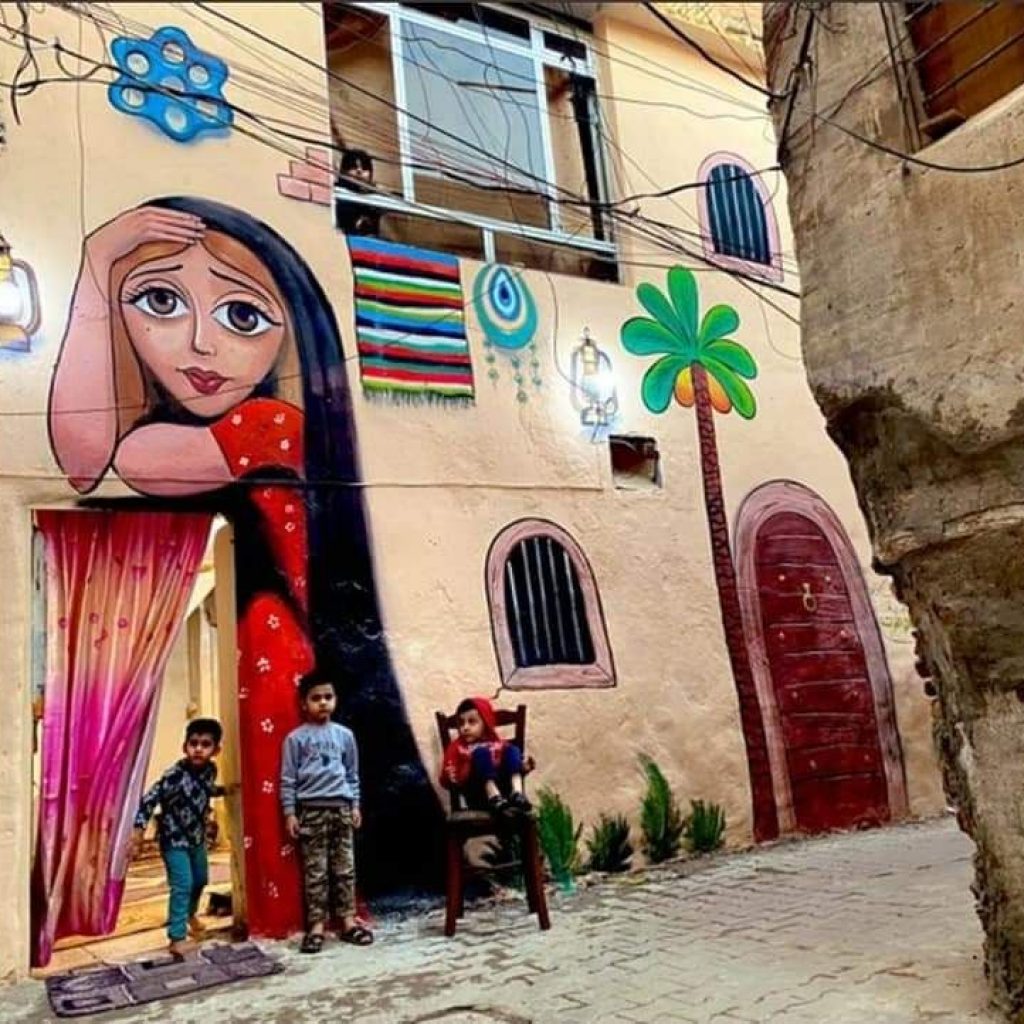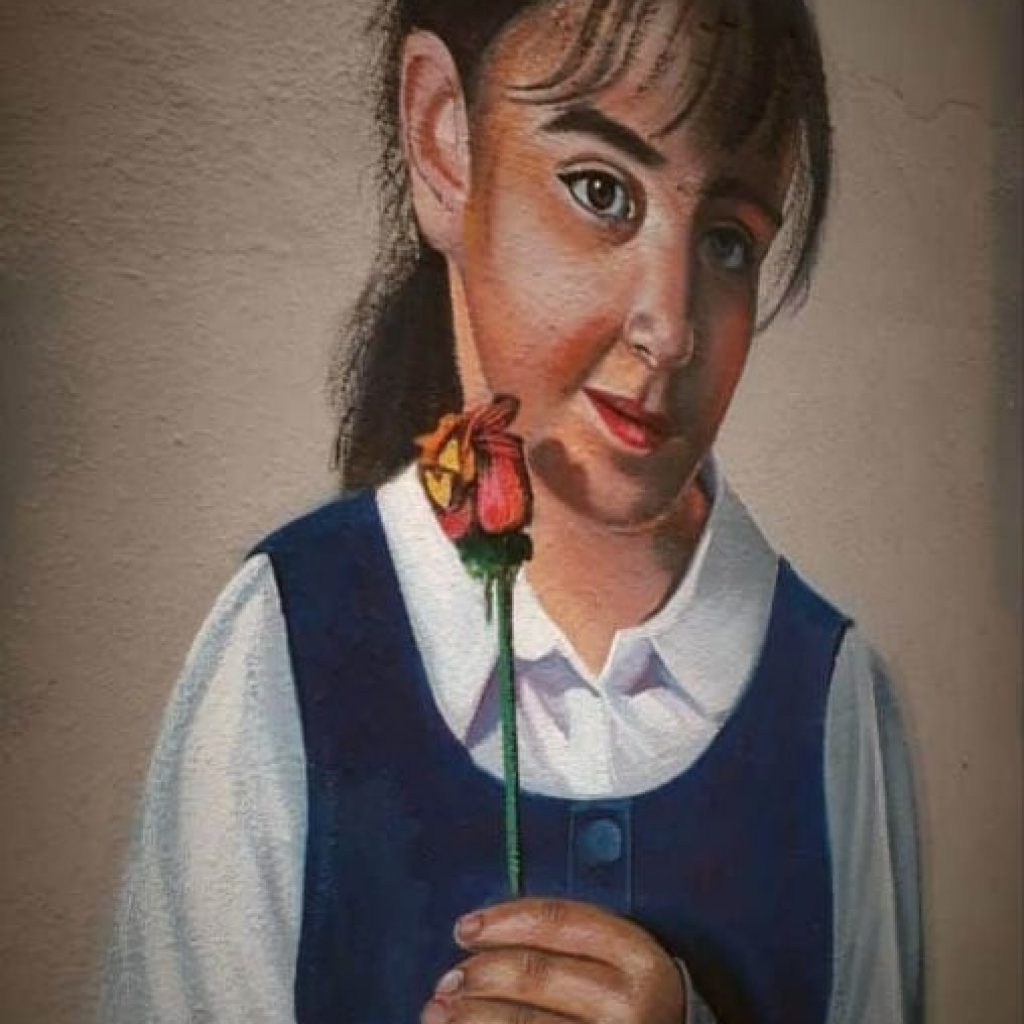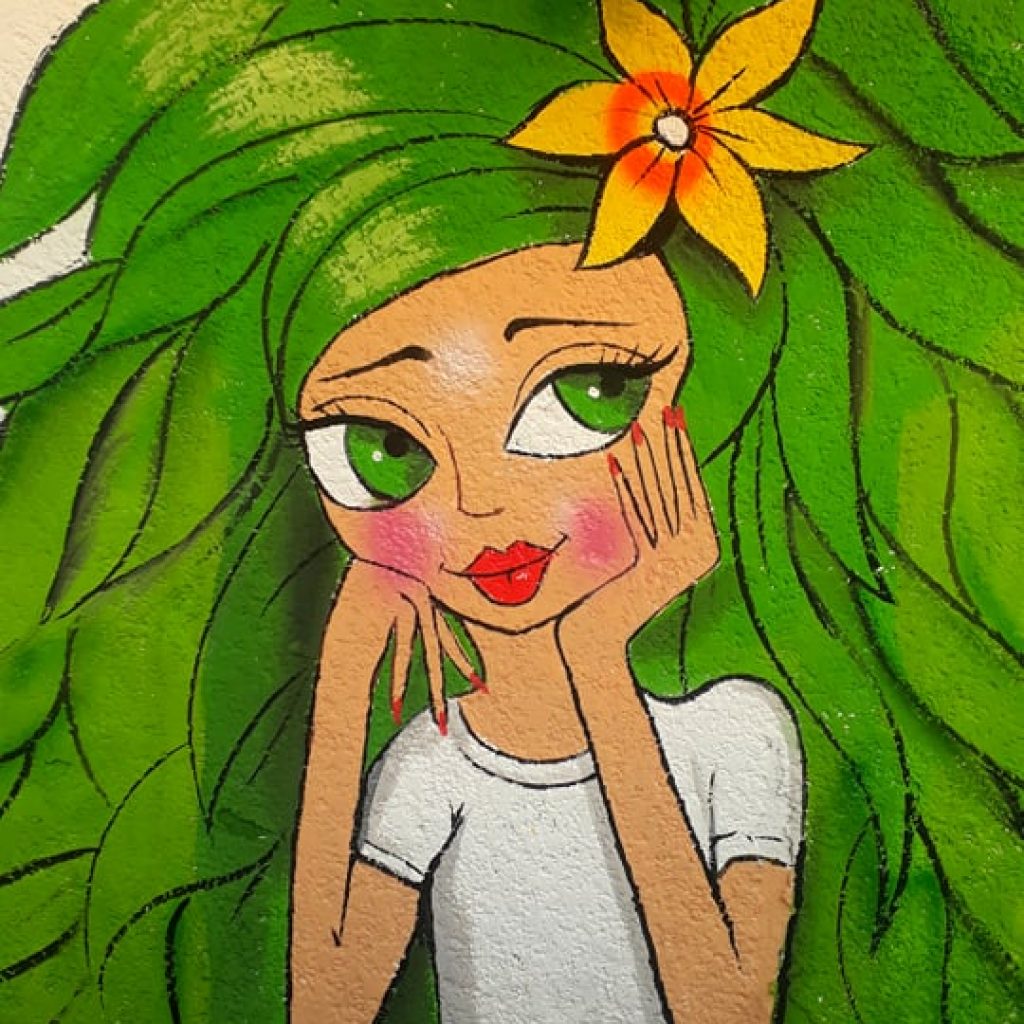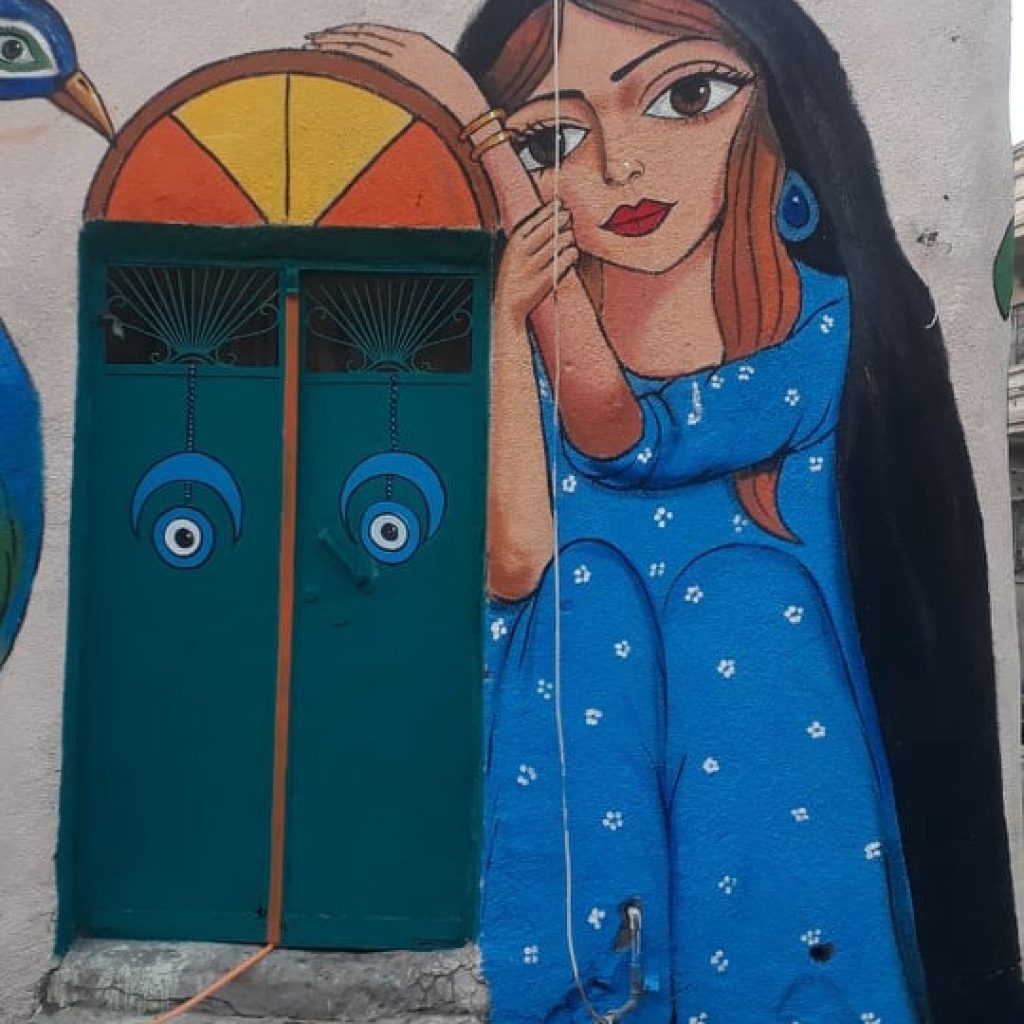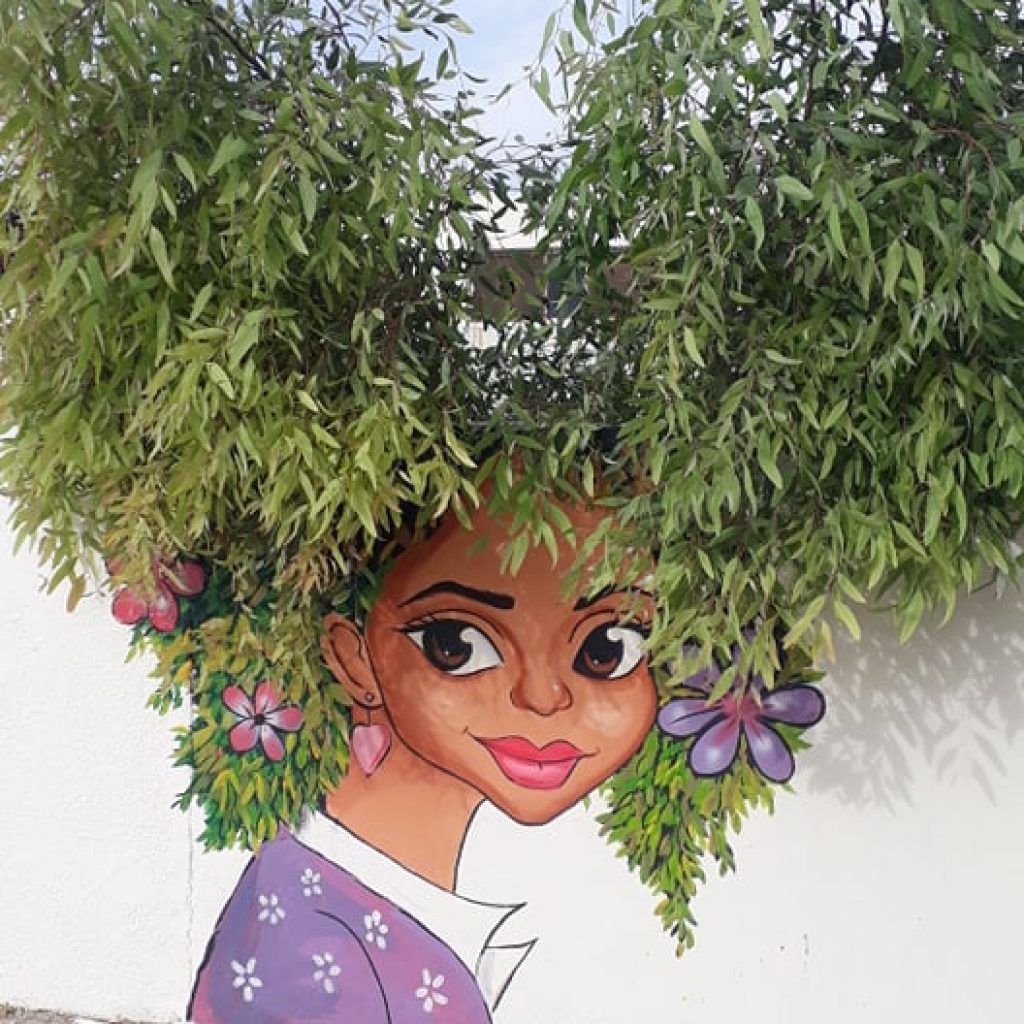Butterfly Effect: Iraqi Painters Transform Baghdad’s Forgotten Alleys Into an Open-Air Gallery
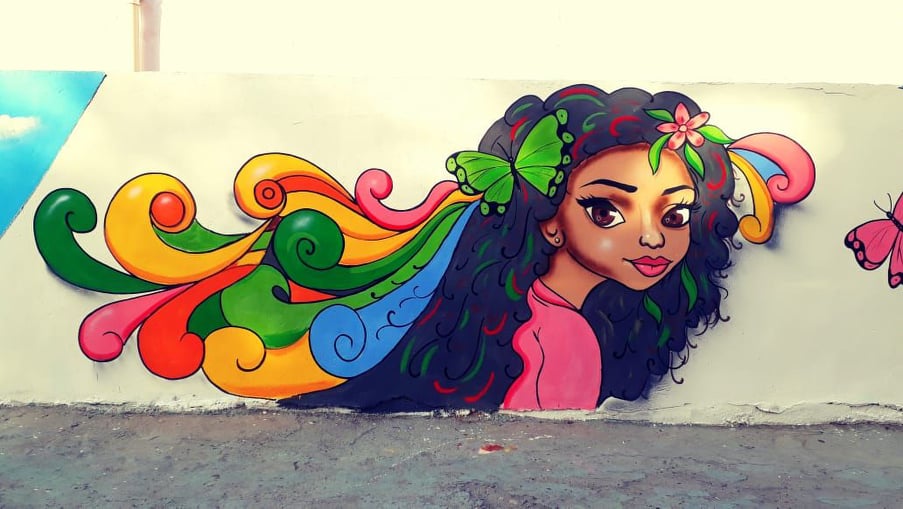
Majida Ait Laktawi
Natural landscapes, mosques with golden domes, and women and girls with beautiful big eyes are all scenes painted on the walls of Baghdad’s old city, created by professional painters, helped by talented children taking their first steps to accomplish their passion for art and murals.
With more than 1,500 murals drawn over the past four years since its founding, members of the “Butterfly Effect” team keep their great ambitions in decorating Baghdad’s alleys, poor popular neighborhoods, schools, and kindergartens, in an attempt to erase a little of the ugliness and scourge of war and instability.
“The name came during our search for one that contains the word (athar), the Arabic word for effect or impact, like a beautiful effect, for example,” Ali Khalifa, head of the “Butterfly Effect” team, told Tiny Hand, “During our research, we came across “The Butterfly Effect”, the Palestinian poet Mahmoud Darwish’s diary. Moreover, the name has other meanings, such as the butterfly effect theory, which means that a small change can grow in the future and result in a very large difference or effect.”
Sooner, the artistic initiative launched by the Iraqi youth went popular among the residents of Baghdad’s old neighborhoods.
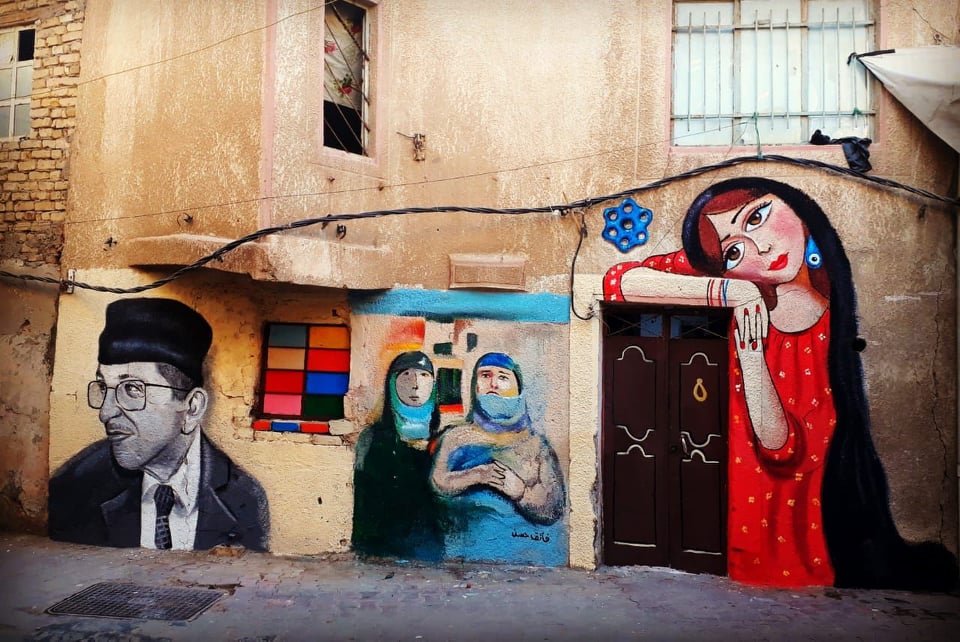
Khalifa recalled how two families asked his team to paint on their houses’ walls. As soon as they completed the murals, requests followed each other from neighboring houses. Thus, they painted murals on the houses of the entire alley.
The Butterfly Effect team is not limited to adult and experienced painters and artists. The team also includes children who contribute to drawing cheerful murals, besides encouraging and allowing the alley children to participate in drawing and coloring.
“The reaction of the children involved in our project is great and pleasant,” Ali Khalifa told Tiny Hand, “They encouraged us to be more creative and decorate the walls. They seem so happy with our drawings.”
The themes of the murals painted by the “Butterfly Effect” vary from portraits of famous Iraqi literary and artistic figures to symbols of Baghdad’s heritage, which they use to beautify the sights of the old shabby walls. The team leader confirms their being unaffiliated with any particular party. “Our love for this work makes us continue so far, and always strive to develop and renew ideas,” he said.
With their brightly colored murals of folkloric and aesthetic themes, the volunteer team is keen to deliver a range of messages as the drawings are presented in front of people and closer to them. They also urge others to volunteer work, which prompted many women and youth to join the team most recently.
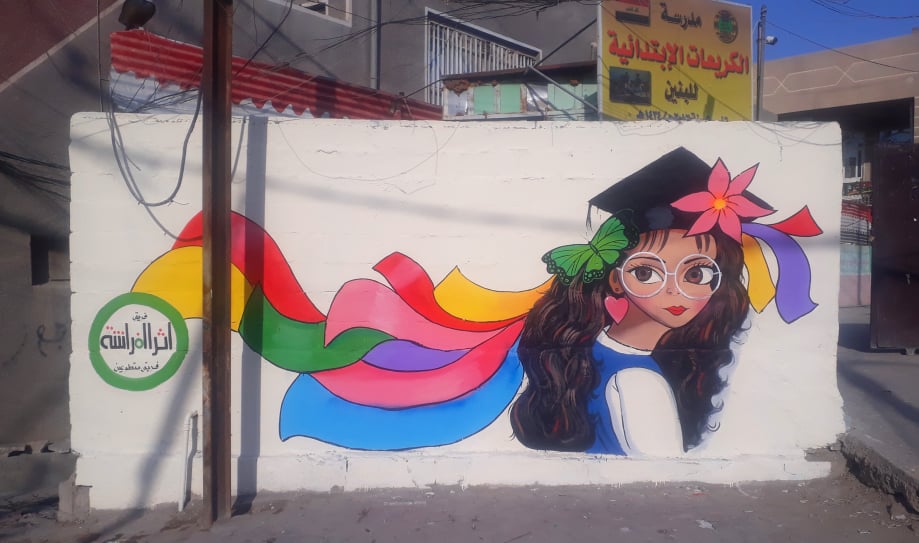
During the lockdown imposed by the Covid-19 pandemic, the “Butterfly Effect” kept its work harnessing its artistic talents to raise awareness of the precautionary measures against the viral outbreak. “After the second wave of the Covid-19 epidemic, we worked for months on decorating the facades of houses with drawings of Baghdadi scenes to beautify the landscape of those old neighborhoods,” said Khalifa.
The team plans to increase the number of its murals and perhaps traveling abroad to spread Iraq’s folkloric drawings in other countries.
The creative youth team’s initiative was welcomed by Baghdad’s officials. In appreciation of their voluntary initiative to decorate the walls of the alleys with folkloric artworks, Alaa Maan, the Mayor of Baghdad, directed the development of a number of Baghdad’s old alleys in the Al-Anbareen district in Kadhimiya, praising the team’s work in decorating the facades of Old Baghdadi homes.
Tags
Related Posts
Mona Lisa of Mosul, Two photos telling two painful stories!
Three years separate two photos taken by the Iraqi photographer Ali Alfahdawi of an Iraqi child named Saba. The first photo was taken in March 2016 and the other at the beginning of 2020. …
November 20, 2020Music can help children under war, exactly as it did with them in Iraq
Music can help children under war, exactly as it did with them in Iraq The moment you enter into this class; everything around you will become …
February 1, 2020
